Dog nipples aren’t necessarily the hottest topic at the dinner table, but that doesn’t mean that they’re not something every dog owner thinks about from time to time. Whether you’re reminded your pup has them when giving them a good belly rub or watching a new mama nurse her puppies for the first time, chances are you probably have questions about your dog’s nipples. Well, you’re in luck because we have the answers.
Read on to find nine fascinating facts about dog nipples, including how many most pups have and why males have them if they have no use.

The 9 Facts About Dog Nipples
1. Not All Dogs Have the Same Number of Nipples
You may have stumbled across our blog while Googling, “How many nipples does a dog have?” and while we wish we could give you a definitive answer, it appears that there isn’t one. Most dogs have five pairs of mammary glands and ten nipples, but this does not apply to all dogs. On average, they’ll have between 8 to 10 nipples arranged in two rows on their bellies. Some may have more or less than this average.
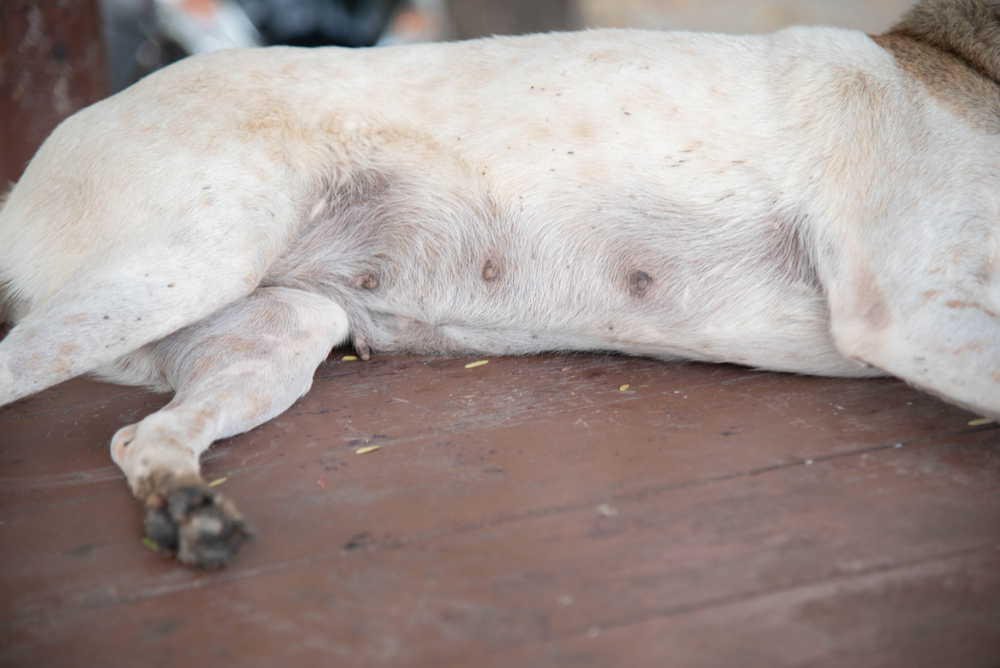
2. Not All Nipples All Symmetrical
While most dogs have symmetrical nipples, they can sometimes develop an odd number. If your pup has an odd number of nipples, there’s no reason to worry, though. It doesn’t pose any health risks and is completely normal.
3. The Number of Nipples a Dog Has Depends on Several Factors
While most dogs have between 8 to 10 nipples, this number can vary depending on the dog’s breed and size. Dogs generally have large litters, so they need to have enough nipples for their puppies. Humans don’t need eight nipples like dogs because we usually only have babies one or two at a time. Can you imagine a new mother dog trying to nurse eight puppies with just two nipples?

4. Male Dogs Have Nipples
If the question, “Do male dogs have nipples?” keeps you up at night, we’re here to set the record straight. Yes, all male dogs have nipples. This characteristic feature is seen in quite a few mammals, with horses being one exception. During the early development stages in their mother’s womb, embryos of both sexes follow a very similar blueprint before sexual differentiation happens. Males have nipples as a result of this development stage, but they serve no purpose.
5. Puppies Don’t Have a Preferred Nipple
Newborn kittens and piglets often show a clear preference for a particular nipple, developing what’s known as a “teat order” or “teat fidelity.” This means that they’ll typically nurse from just one or two specific nipples. Puppies, however, don’t show a preference for particular nipples, latching onto any they can get their mouths on.

6. Dogs Can Get Breast Cancer
Breast cancer is an often-talked-about health condition in human medicine, but did you know that dogs can develop it, too? In fact, the risk of female dogs developing mammary tumors is higher than it is for human women. Mammary tumors account for over 40% of all diagnosed tumors in female dogs, and their lifetime risk of developing one is between 23% and 34%.1 Meanwhile, a woman has a 12.4% lifetime risk of developing breast cancer. The good news, at least for dogs, is that spaying your pup reduces her risk of developing mammary cancer dramatically.
7. Female Dogs Can Develop Mastitis
Mastitis is a condition that mainly affects breastfeeding women, but it can also occur in female dogs. As with humans, this inflammation of the mammary glands mainly occurs postpartum. It can be caused by introducing bacteria into the mammary gland via the milk duct. The signs of mastitis can vary by the type your dog has developed. The affected glands may look swollen, warm to the touch, or discolored. The dog may refuse to eat, not show a maternal interest in her puppies, and develop a fever. Mastitis can be very serious if it’s not addressed promptly, so if you ever suspect your new mama pup has developed this infection, an immediate visit to the vet is necessary.
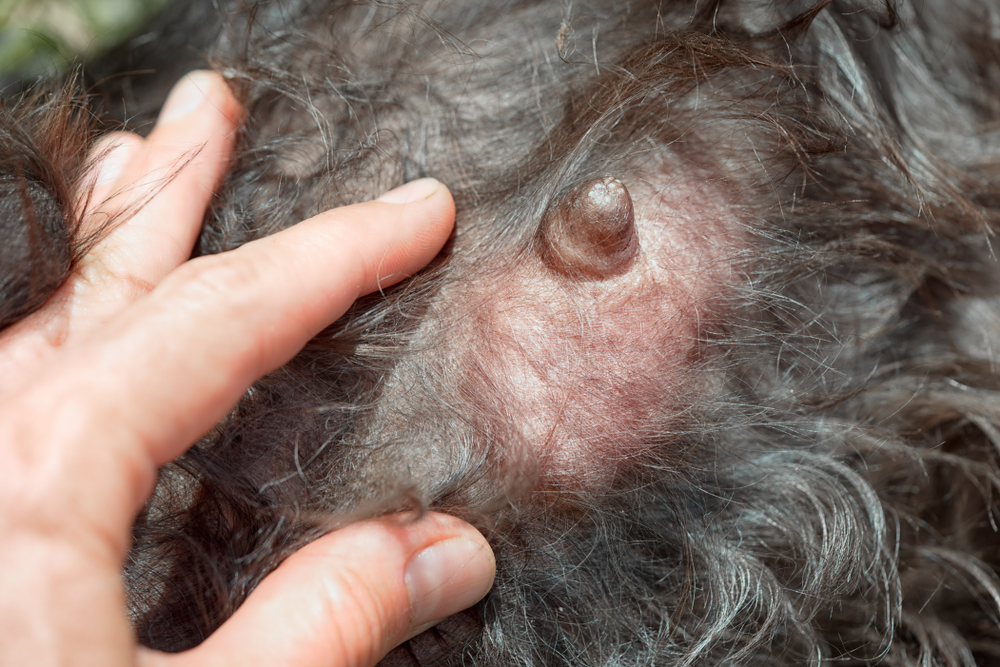
8. Dog Nipples Change During Pregnancy
Dogs’ nipples change during pregnancy, just like women’s do. Typically, between two to three weeks after conception, these nipple changes will be noticeable in dogs. They will look larger than usual. This is often more noticeable in the nipples closest to your dog’s hind legs.
9. Dog Nipples Can Be in Weird Places
While most dogs have nipples where you’d expect them to be, this isn’t always the case. Most nipples develop along one of the two symmetrical lines down your dog’s belly. These invisible lines (milk lines or ridges) actually extend from your pup’s groin to their armpits, making it possible for nipples to develop in other places along the line.
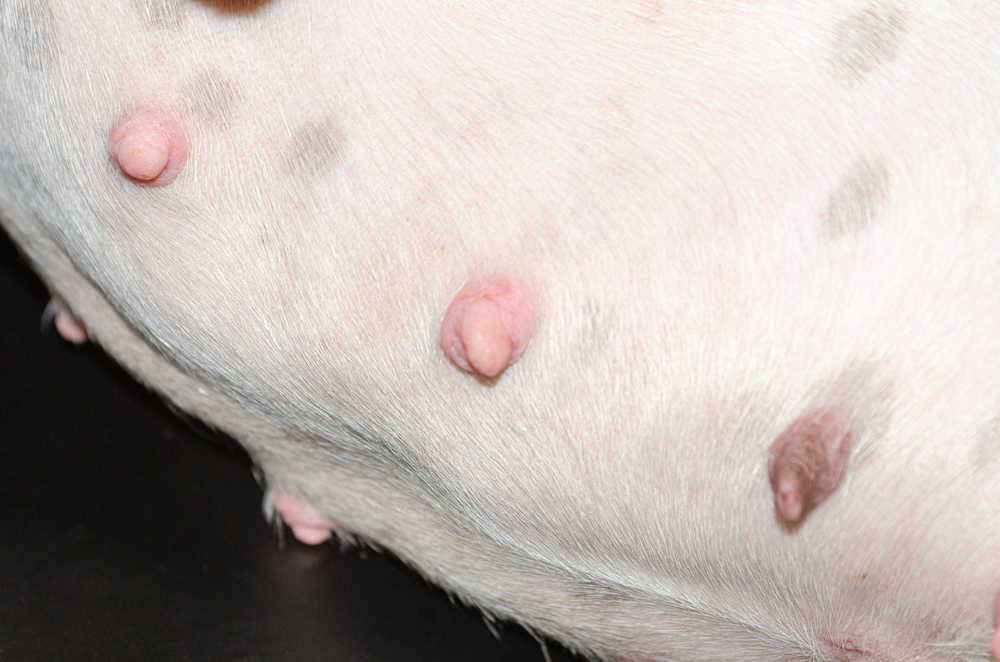

Final Thoughts
We hope our article has taught you a thing or two you never knew about dog nipples. If you stumbled across our article because you’re concerned about something being ‘off’ with your pup’s nipples, it’s best to consult your veterinarian for advice.
Featured Image Credit: KSCHiLI, Shutterstock


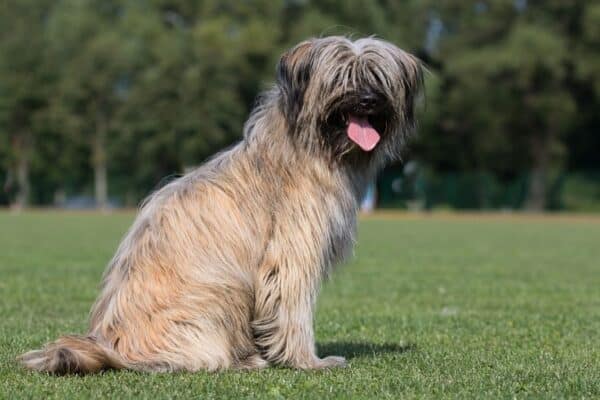


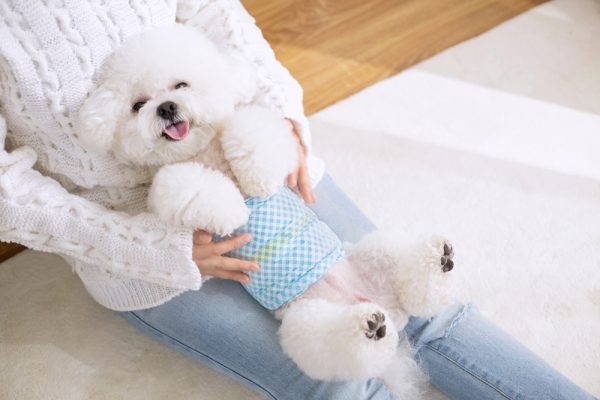
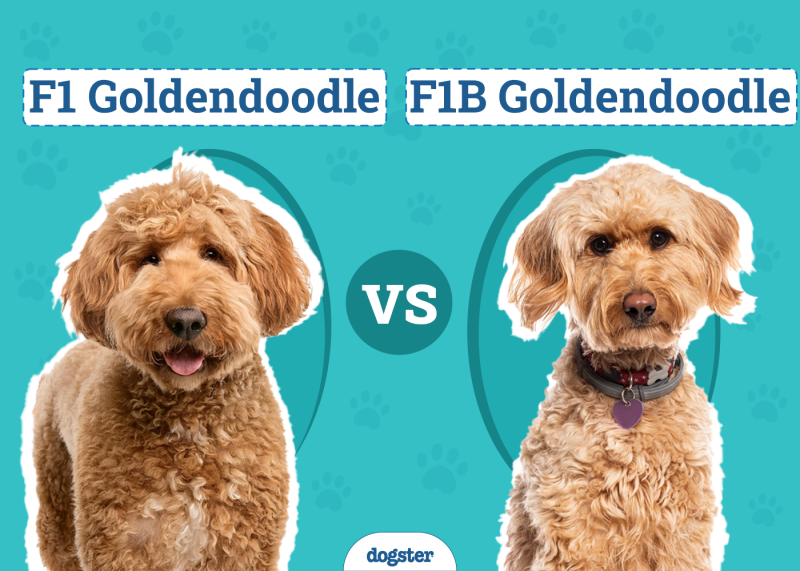


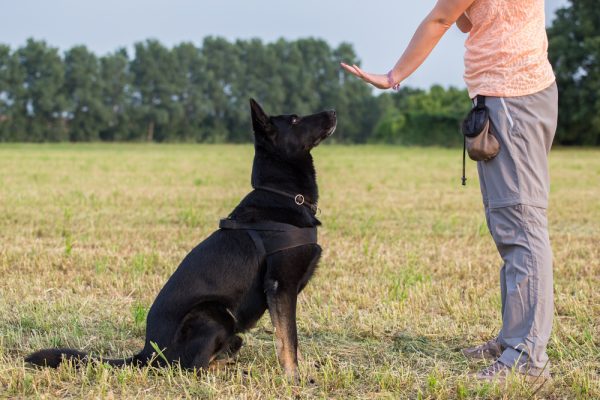
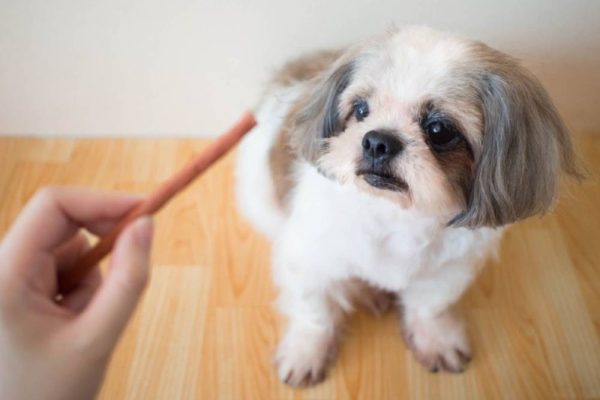


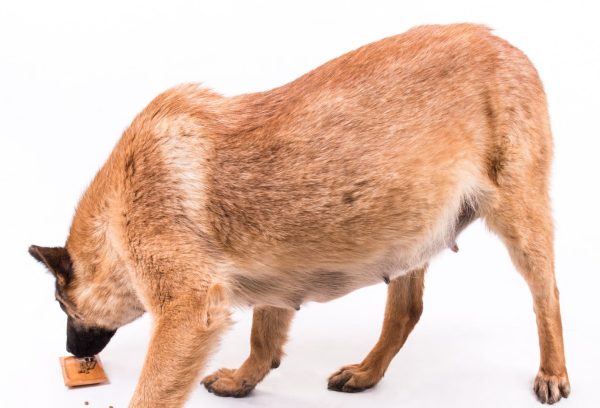
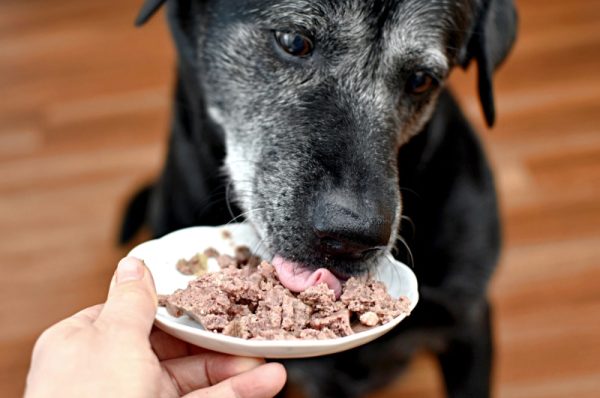

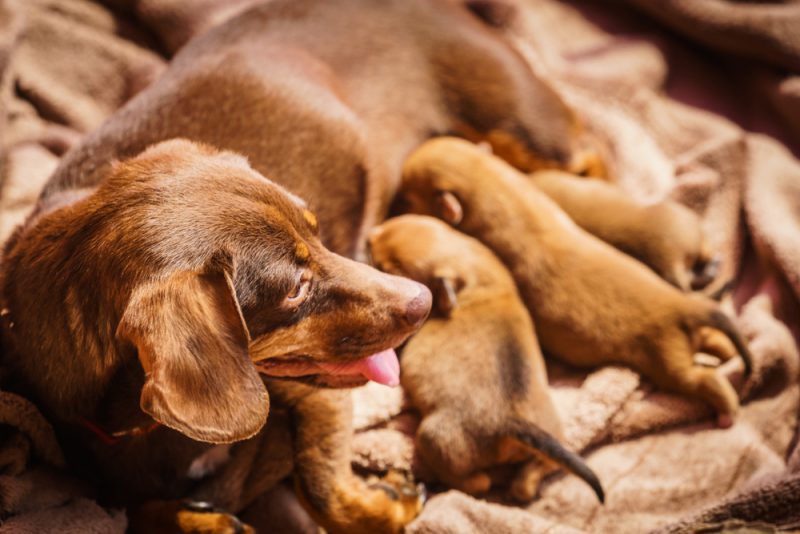


2 Responses
my dog has an enlarged teat. the vet doesn't know what it might be but, they want to remove it.
the problem being is my dog has epilepsy and I'm apprehensive with them under anesthetic. I wish that I could send you a picture to see what you think.
yours sincerely
Charles McGuire
Hi Charles, thanks for reaching out to us. I understand your concern completely—having a dog with epilepsy definitely makes any surgery more nerve-wracking. While I can’t physically assess the situation, I recommend reaching out to our online vet service, PangoVet, where you can consult with a qualified veterinarian who can guide you through this process. They can provide advice on whether anesthesia is safe in your dog’s case or if there are alternative approaches.
You can book a video consult with our team at https://pangovet.com, and they'll be able to have a closer look at your dog's enlarged teat. It’s always best to get multiple opinions when it comes to something as important as surgery, especially with your dog’s medical history. I hope that helps ease your mind a bit!